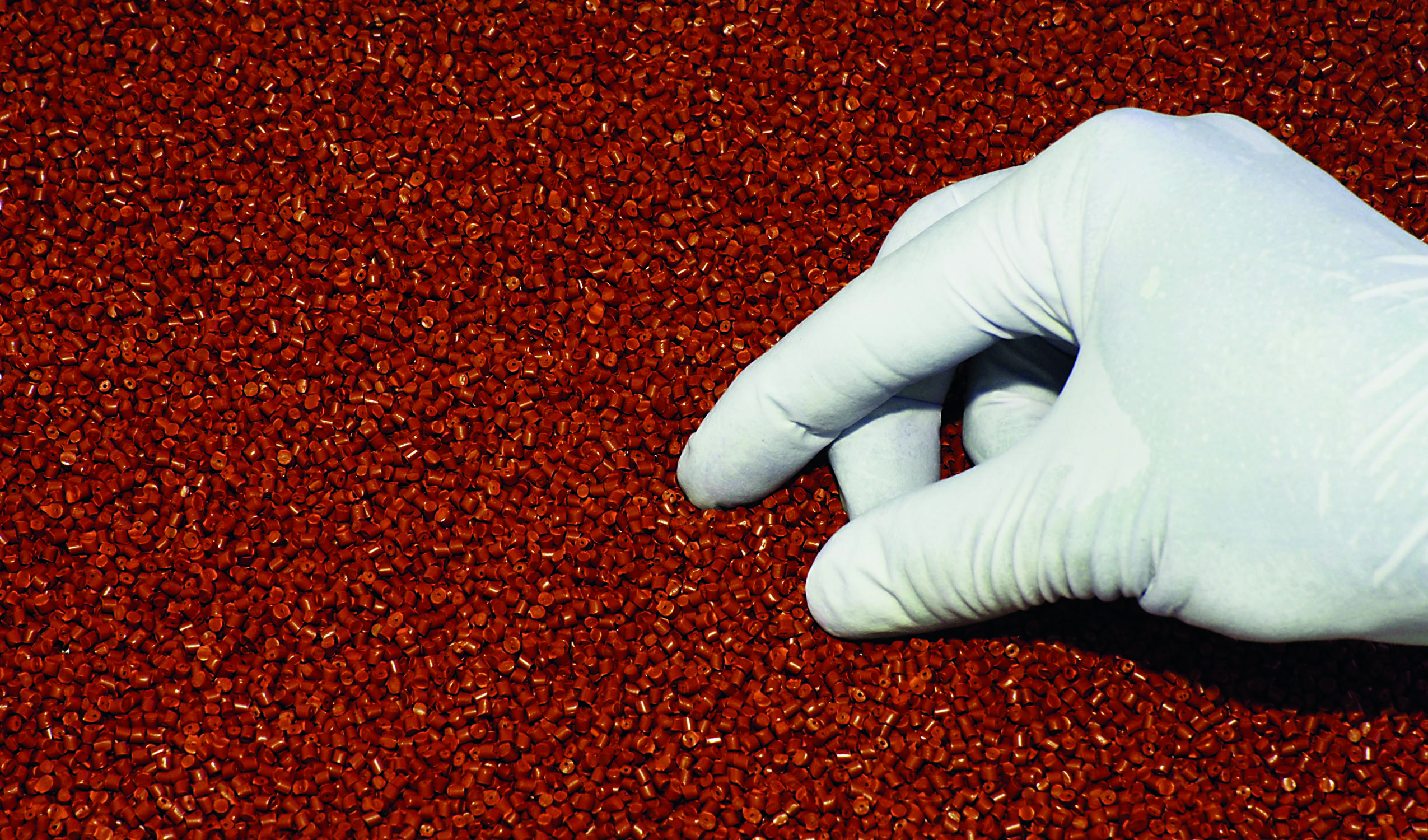Copyrights 2022/23: Lexzau, Scharbau GmbH & Co. KG, Bremen (Germany). Concept and realization vibrio | Imprint | Privacy | Cookie Settings


From countless media reports we learn about the daily increasing pollution of the world’s oceans by plastics. Ubiquitous are the images of dolphins and sea turtles entangled in discarded remnants of plastic nets, coral reefs covered in plastic waste, and littered beaches. Even in the most remote polar regions and the deepest trenches of the oceans, the waste of our affluent society is found.
But that is only the part of the pollution that is visible at first glance. Recently, the raw materials of the plastics processing industry have come more and more into focus. These raw materials consist of plastics in the form of granules, flakes or powders. They are often transported in large quantities; either in flexible IBCs or in bulk containers or silo trucks. As long as these products are transported in intact packaging between shipper and consignee, there is no danger from the goods, because the substances do not meet any dangerous goods criteria of the UN Model Regulations.
It becomes critical in the case of special events and their effects, such as damaged packaging during goods handling or transport accidents. The release of the materials into the environment must be avoided at all costs. Plastics are not biodegradable, or only to a limited extent. If they get into streams, rivers and eventually the sea, various processes begin that can cause major environmental damage depending on the extent of the release. Abrasion and erosion cause the plastics to break into smaller and smaller fragments. Marine life ingests the particles, also known as microplastics, which can range in size from 1,000 nanometers to 5 millimeters, thereby contributing via the food chain to the fact that we humans also have detectable microplastics in our bodies. According to a WWF study, that’s about five grams per capita per week, which is about the weight of a credit card. Research is currently divided on the health effects on humans.
The plastics industry is attempting to reduce the amount of plastic particles actually released into the environment through participation in the voluntaryOperation Clean Sweepinitiative. In addition to industry, warehousing companies and logisticians are also addressed with it. With a few, manageable measures, everyone involved can make a contribution to environmental protection. SQAS-rated companies in Europe are already familiar with this initiative from the regular assessments.
Changes are also on the horizon for international shipping. Recent accidents in which cargo ships sank not far from the coast are a particular focus of current discussions about the release of plastic raw materials. In some cases, hundreds of containers with plastic pellets were loaded on these transport ships. As a result of the accident, up to 75 billion plastic pellets with a total weight of about 1700 tons were reportedly washed into the sea. According to the UN, such particles trigger the largest plastic pollution. Especially affected are countries that live almost or predominantly from fishing.
The small size of the particles makes complete cleanup of affected coastal and marine areas difficult, lengthy, and costly. According to experts, residues of the charge will be found for many years to come.
Illustrations: Susanne Fritzsche – stock.adobe.com and digitalstock – stock.adobe.com
The Leschaco Group is a global logistics service provider that combines Hanseatic tradition with cosmopolitanism and a spirit of innovation. “Experienced. Dedicated. Customized.” This is a fitting summary of the company’s philosophy: On the basis of decade-long experience teams of specialists set up customized solutions
› Sea Freight
› Air Freight
› Tank Container
› Contract Logistics
› Supply Chain Solutions
› Intermodal Transports
› Industrial Solutions
› Services
Lexzau, Scharbau GmbH & Co. KG
Kap-Horn-Straße 18
28237 Bremen
Deutschland
phone (49) 421.6101 0
fax (49) 421.6101 489
info@leschaco.com
Copyrights 2022/23: Lexzau, Scharbau GmbH & Co. KG, Bremen (Germany). Concept and realization vibrio | Imprint | Privacy | Cookie Settings